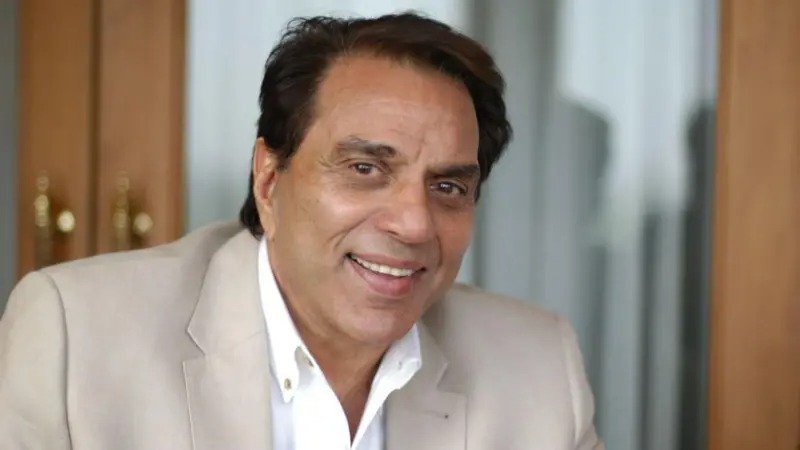Dharmendra: Bollywood’s fabled “He-Man” – A Glorious Legacy
Introduction
When we talk about the legend of Dharmendra, we refer to more than just an actor — his name evokes the golden age of Hindi cinema. Dharmendra’s journey from his Punjabi roots to becoming Bollywood’s “He-Man” is remarkable. In this blog post, we’ll explore Dharmendra’s early life, his rise to stardom, signature films and performances, his personal life and politics, the legacy he leaves behind, and why his story still matters.
Early Life & Entry into Cinema
Roots in Punjab
-
Dharmendra was born 8 December 1935 in Nasrali (or Sahnewal) village in the Ludhiana district of Punjab.
-
He hailed from a Jat Sikh family; his father Kewal Krishan was a schoolteacher.
-
He studied at Government Senior Secondary School, Lalton Kalan, and later Ramgarhia College, Phagwara.
Path to Bollywood
-
Dharmendra reached Bombay (now Mumbai) after winning a Filmfare new-talent contest, and made his debut with Dil Bhi Tera Hum Bhi Tere (1960).
-
His early years were marked by supporting roles and gradual transition into lead roles as he found his footing.
Rise to Stardom – The Action & Romance Hero
Breakthrough Films and Signature Roles
-
The romance-drama Phool Aur Patthar (1966) brought Dharmendra into prominence as a leading man.
-
His transition into action-hero territory came with films like Mera Gaon Mera Desh (1971) and Seeta Aur Geeta (1972).
-
The landmark film Sholay (1975) — where he played “Veeru” — cemented his status among Bollywood legends.
Evolution of His On-Screen Persona
-
Nicknamed “He-Man” of Bollywood for his muscular build, action sequences and intense screen presence.
-
Balanced romantic, comic and action roles — demonstrating versatility.
-
In his peak years, he set box office records, such as delivering eight hits in one year.
Major Achievements, Awards & Political Foray
Awards & Recognitions
-
Received the Filmfare Lifetime Achievement Award in 1997.
-
Honoured with India’s third-highest civilian award, the Padma Bhushan, in 2012.
-
Acted in over 300 films across six decades.
Political Chapter
-
In 2004, Dharmendra entered politics and was elected to the Lok Sabha from Bikaner, representing the BJP.
Personal Life & Family
Marriages and Children
-
Dharmendra married Prakash Kaur in 1954; with her he has sons Sunny Deol and Bobby Deol, and daughters.
-
In 1980, he married actress Hema Malini; they have daughters including Esha Deol.
Legacy Through Family
-
His children and grandchildren continue the film legacy (Sunny Deol, Bobby Deol).
-
His family life has often been subject of public fascination, illustrating the interplay of personal and professional life in celebrity culture.
Legacy and Why Dharmendra Still Matters
Impact on Bollywood
-
Dharmendra showed that heroes could be physically strong yet emotionally expressive — a combination less common earlier.
-
His roles spanned genres and decades, influencing generations of actors.
-
For example, his ability to lead action films past age 50 is still cited as exceptional.
Cultural Icon & Popular Memory
-
The character of Veeru in “Sholay” remains a cultural touch-stone in India.
-
He is celebrated for his charisma, screen presence and friendly off‐screen personality, making him beloved across generations.
-
His awards, box-office records and longevity speak of enduring popularity.
Modern Relevance
-
Even into the 2020s, Dharmendra appeared in films and shows, showcasing his adaptability.
-
His life story — from rural Punjab to national icon — offers inspiration to aspiring actors and fans alike.
FAQs – People Also Ask
Q1: What was Dharmendra’s first film?
A: Dharmendra made his debut with the Hindi film Dil Bhi Tera Hum Bhi Tere in 1960.
Q2: Why is Dharmendra called the “He-Man” of Bollywood?
A: Because of his strong screen persona, action-hero roles, muscular physique and dominant presence in 1970s and 1980s Hindi cinema.
Q3: Has Dharmendra won any major awards?
A: Yes — he received the Filmfare Lifetime Achievement Award (1997) and the Padma Bhushan (2012) among other honours.
Q4: What is Dharmendra’s legacy in modern Bollywood?
A: His legacy lies in his versatility, longevity, transition from romantic to action roles, and being a foundational star who influenced later generations of actors.
Conclusion
Dharmendra’s story is one of talent, determination and evolution — a village boy from Punjab who became a Bollywood superstar, a “He-Man” whose charisma transcended decades, and a public figure respected both on and off-screen. His films, awards, family legacy and cultural impact ensure that his name will live on.








